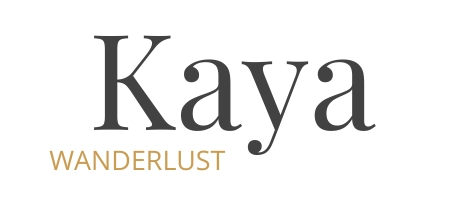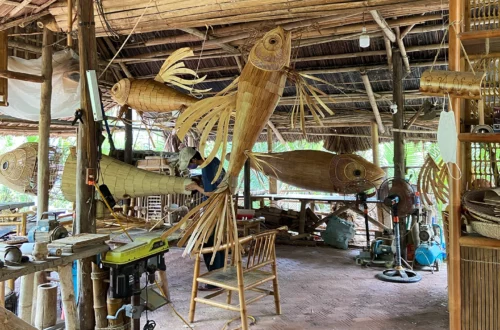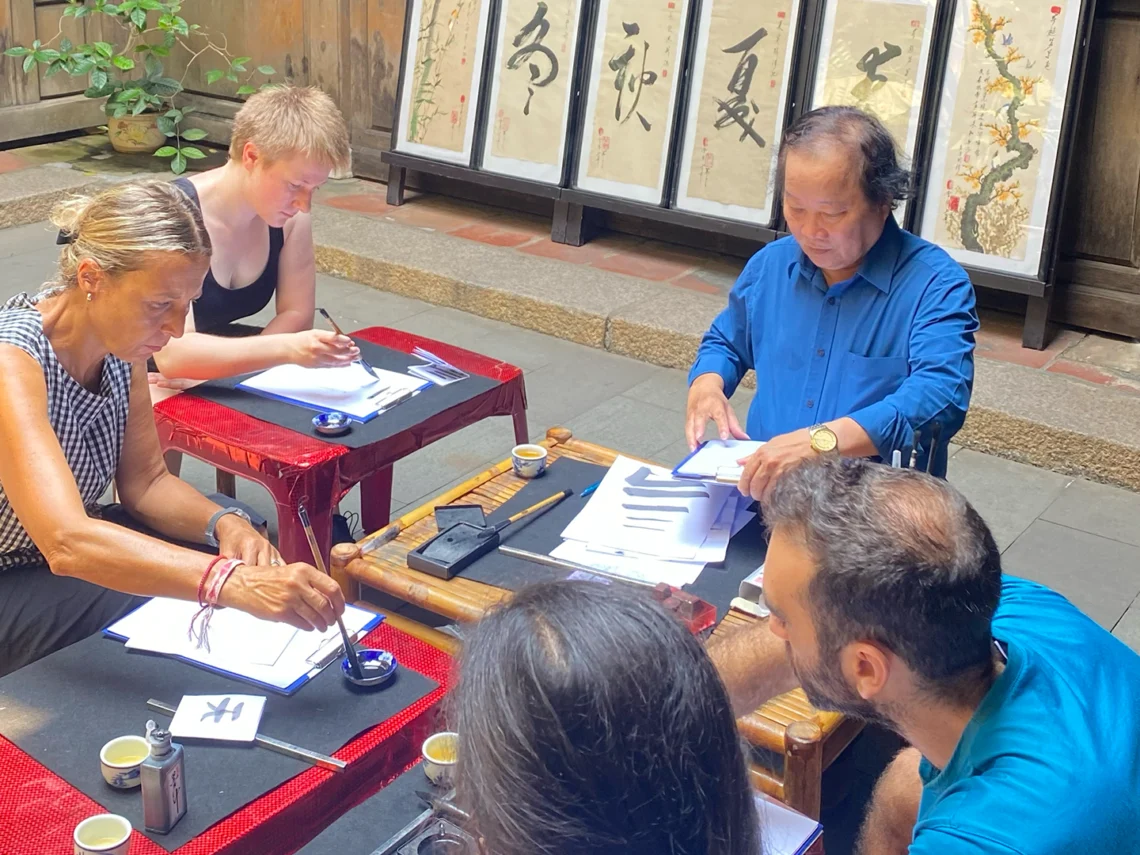
Vietnamese Calligraphy Class in Hoi An
Nothing is as important for and as closely intertwined with culture as writing, since language is the primary tool for expression and writing is the lasting form of it. Writing and culture influence each other constantly and it is often the clearest record of every part of life over thousands of years. Writing connects us directly to the cultural heritage of a country and its people since speaking, writing and reading are integral to everyday life. Keeping that in mind I took a Vietnamese Calligraphy Class in Hoi An.
Vietnamese Calligraphy
Vietnamese calligraphy was historically strongly related to Chinese characters but over time, Vietnam developed its own styles of calligraphy. Modern Vietnamese is based on the Latin alphabet and the cursive version of it is frequently used in calligraphy, as well.
There is a teaching about calligraphy that doesn’t have anything to do with the type of alphabet you’re using:
“To do calligraphy you need four things: a fur pen, (rice) paper, ink and a stamp”
Vietnamese calligraphy, despite often using a Latin alphabet nowadays, is done with a brush like in most East Asian countries, instead of an ink pen like in most Latin-alphabet-using Western Countries.
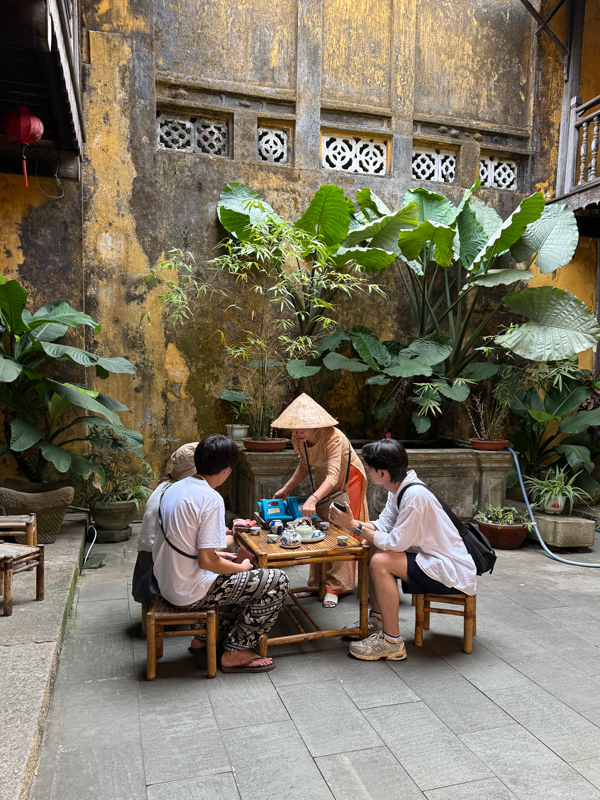
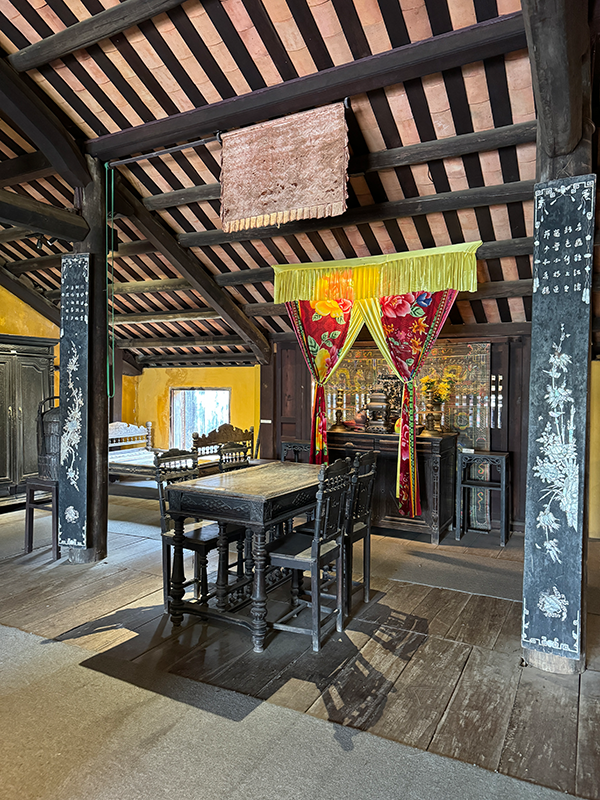

Calligraphy Class in Hoi An
The calligraphy class takes place in the Museum of Folk Culture in Hoi An. The Museum covers the towns history and handycrafts, as well as costumes, religious ceremonies and descriptions of festivals and the rich and diverse culture Hoi An developed over the years as an international trading port.
Located inside the museum is also the Hoi An Calligraphy Gallery. In this gallery you can view may different artworks of traditional watercolour paintings and calligraphy. For those interested you can also purchase a painting or scroll of writing, either a word, a poem or a drawing of the animal of your birth year (they have a folder for that).
For the calligraphy class small tables and chairs made from bamboo are set up in the inner courtyard of the museum, in front of the gallery. Before the class starts you can also try some traditional lots tea.
The class is taught by Huynh Dong, Hoi An born and raised he started learning about calligraphy very young. During his education he got three bachelors degrees, in Vietnamese Philology, in psychology and education and in foreign languages, as well as a masters degree in arts. Today he lectures at the University of Quang Nam in the field of pedagogy and is very active in collaborations with the Hoi An cultural centre and the Hoi An heritage conservation centre.
Next to this work he teaches calligraphy classes, based on demand to locals and tourists.
The class started at 9 AM with four people (including me) and the teacher. First we learned about the three versions of Vietnamese: Ancient Vietnamese, old Vietnamese and modern Vietnamese, as well as the similarities between Chinese and Vietnamese calligraphy.
We started drawing simple symbols first which made up most of the ancient characters. Then we learned how to draw the words for “Person”, “House” and the first 10 numbers. Afterwards we practiced the character for “Rich” or “Wealth” which took more time than I expected to get right.
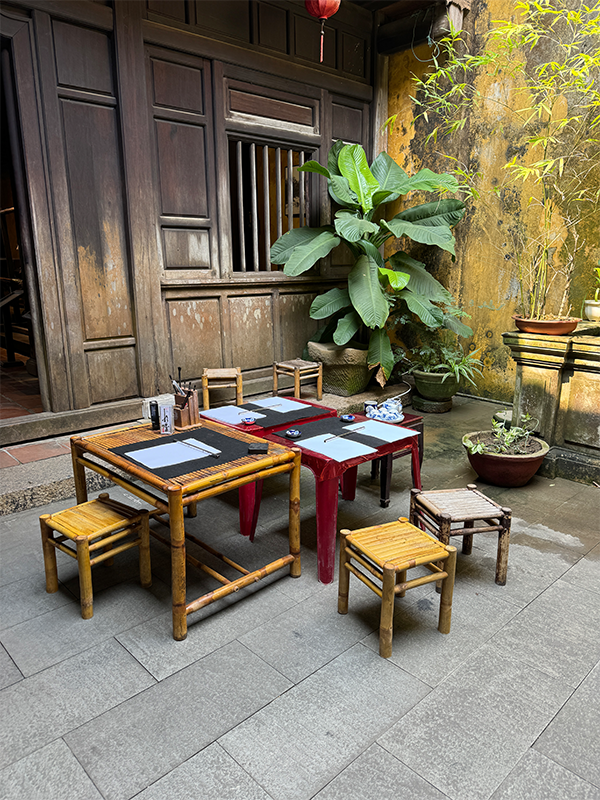

My thoughts on the Vietnamese Calligraphy Class in Hoi An
Address: The Calligraphy Class in Hoi An takes place within the Museum of Folk Culture at 33 Nguyễn Thái Học, Phường Minh An, Hội An, Quảng Nam, Vietnam.
Admission: Normally you need one of the five Hoi An ancient town tickets to enter the museum, but when you are there for a class you can get in without a ticket.
Time: The time is somewhat flexible, depending on demand and availability of the teacher.
Price: You don’t need to pay in advance, just talk to the person in the gallery and agree on the date and time. At the time of writing this blog post the two hour class costs 500k VND, includes all needed material, green tea and and a gift at the end.
If you want to book online in advance you can do so here on Viator*.
More Experiences in Hoi An


